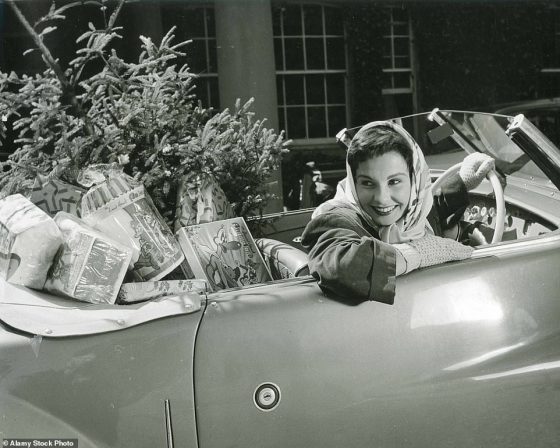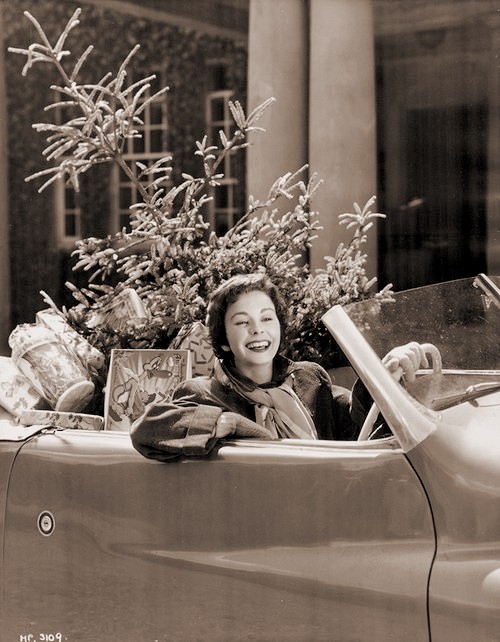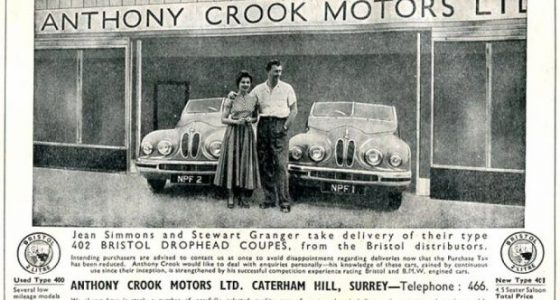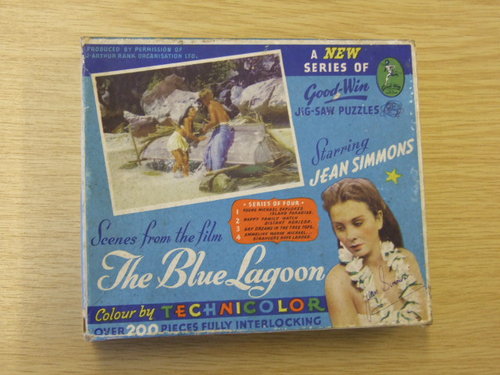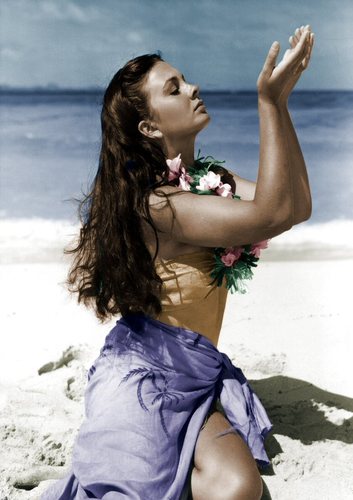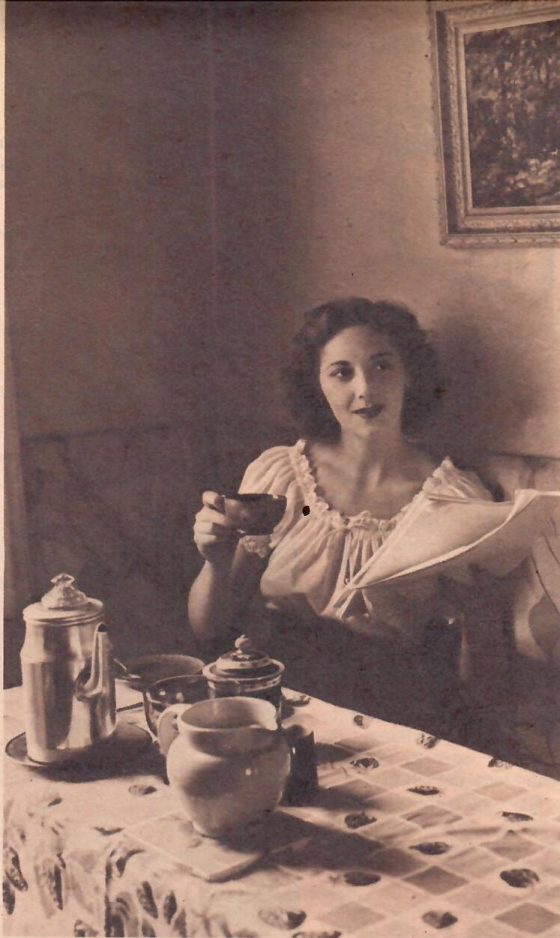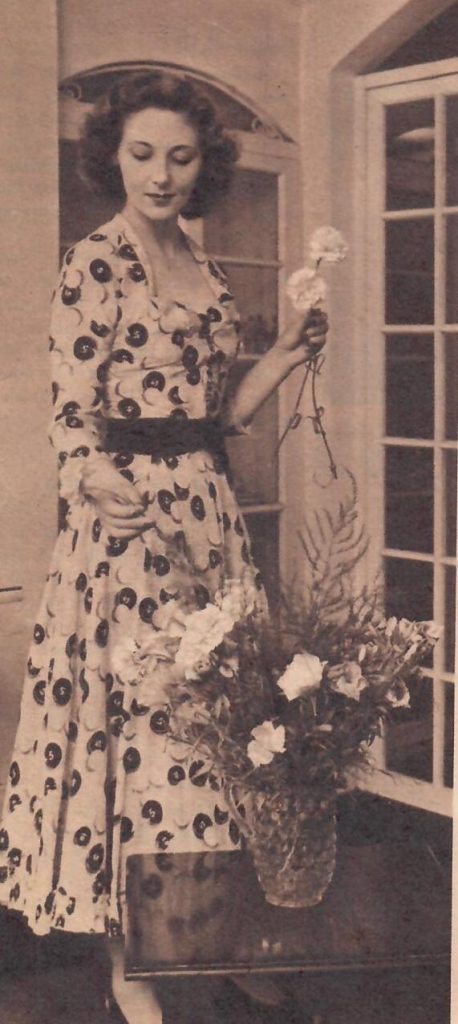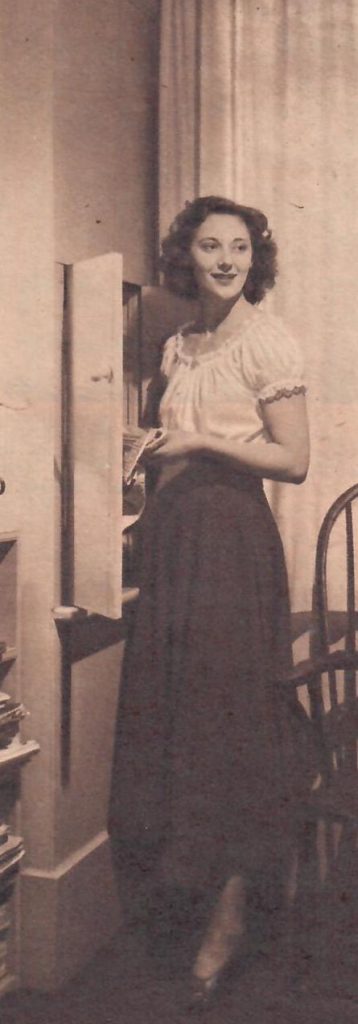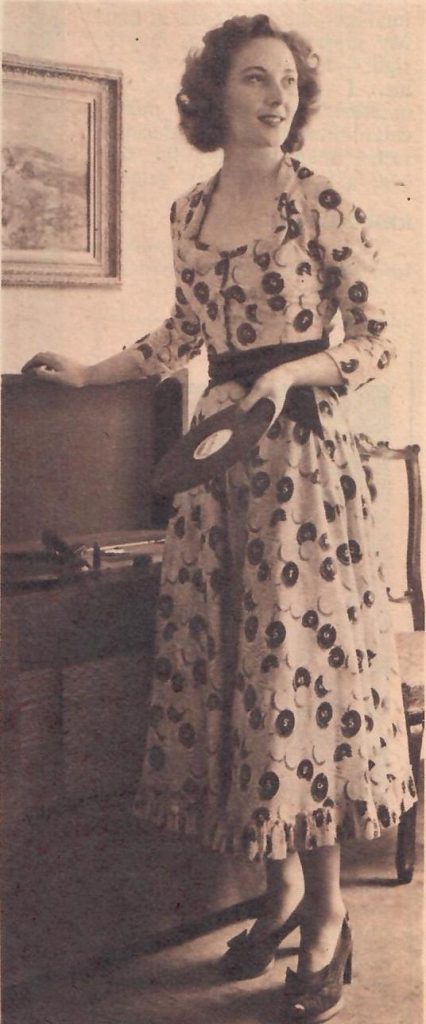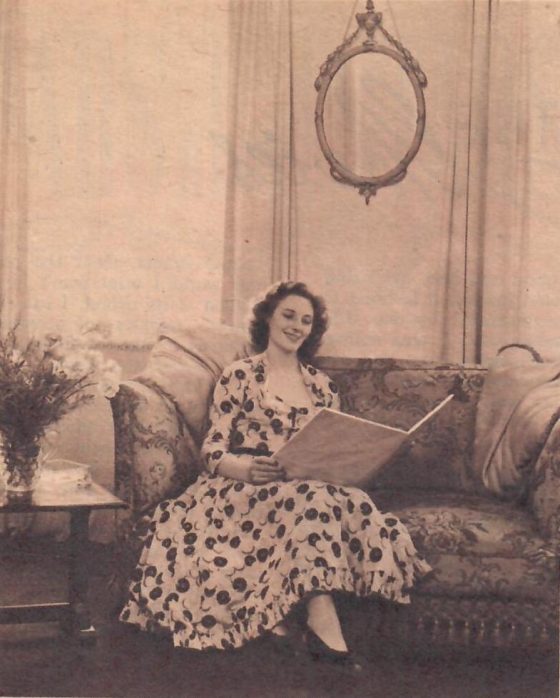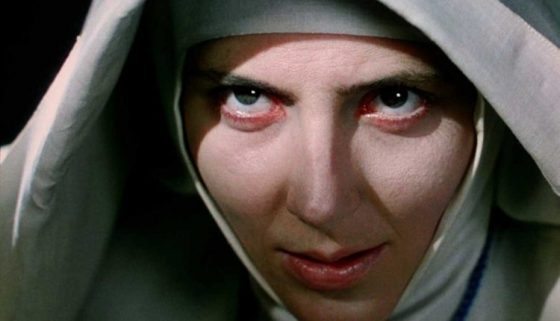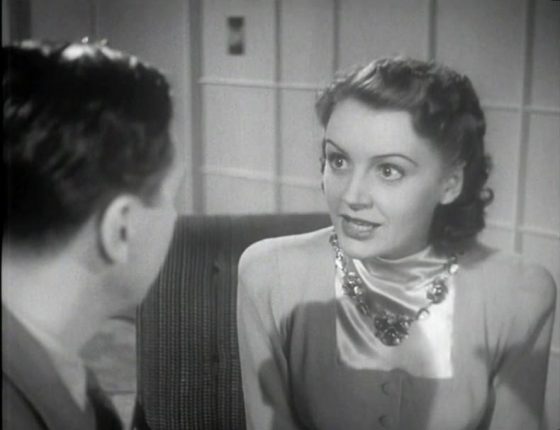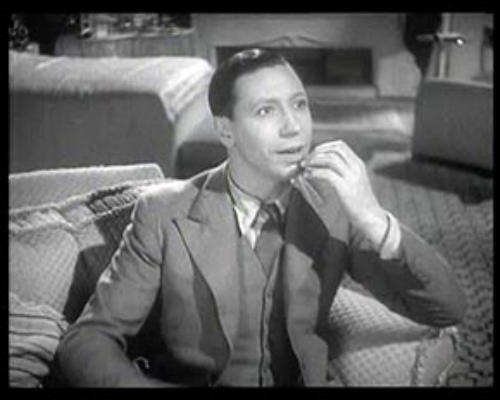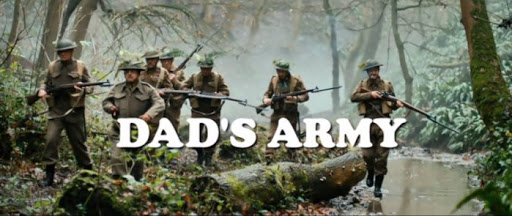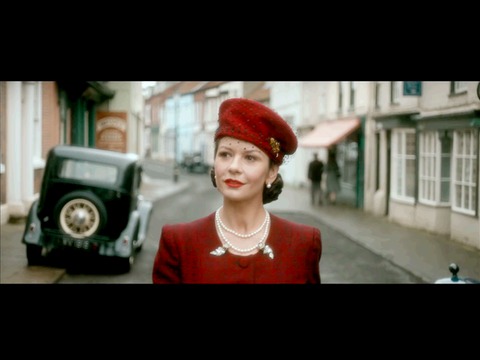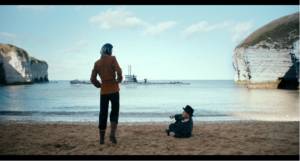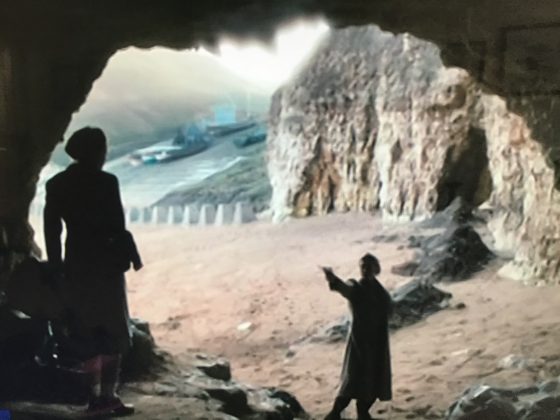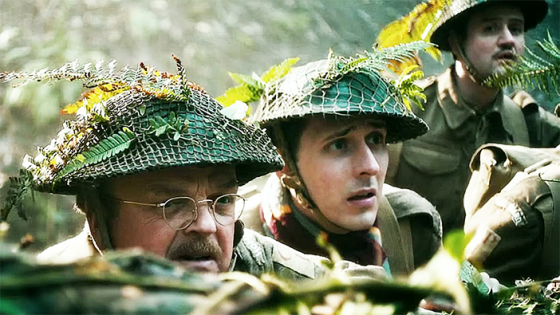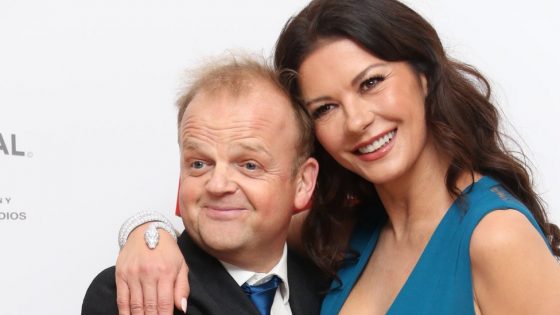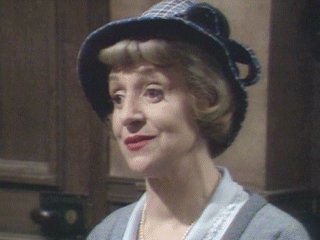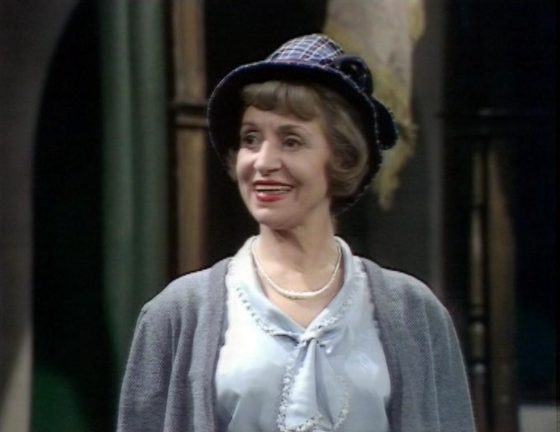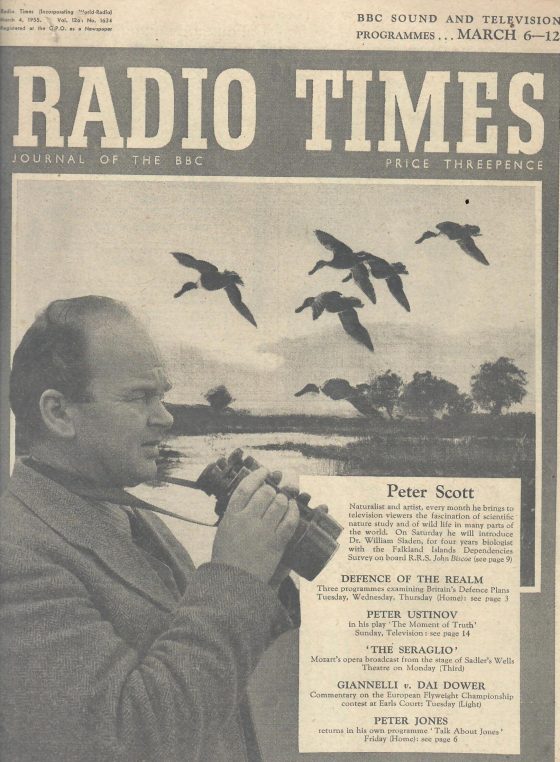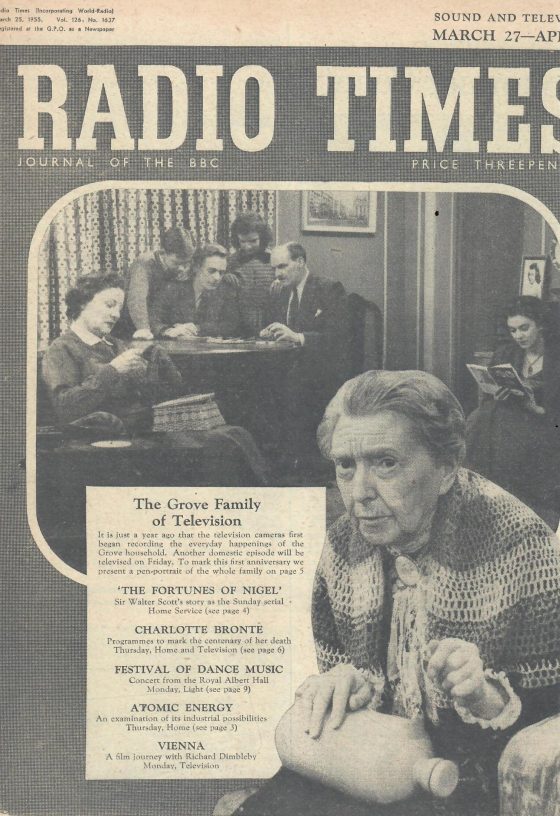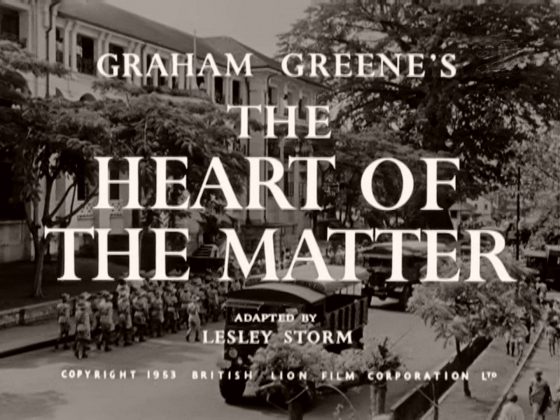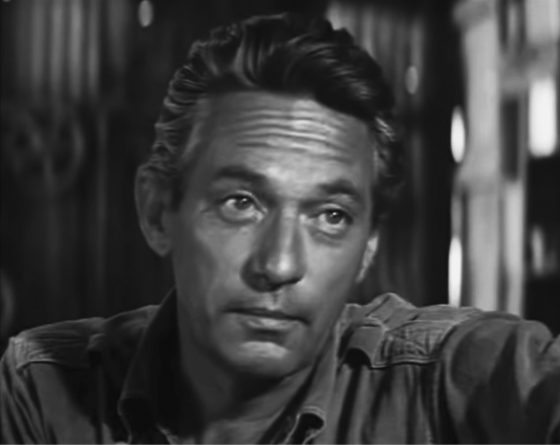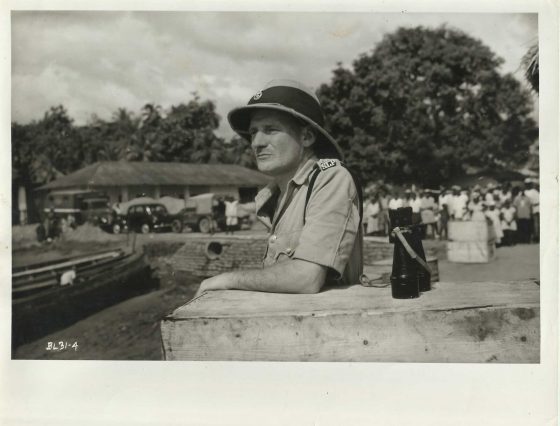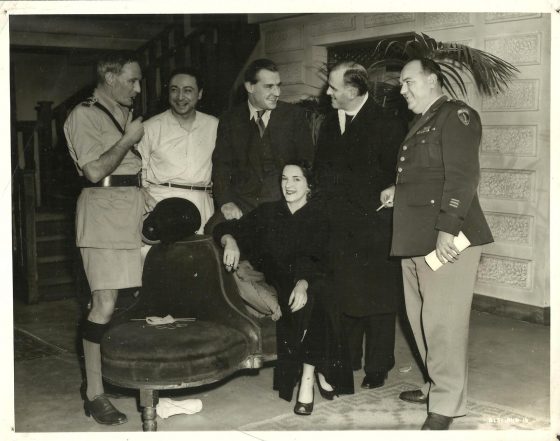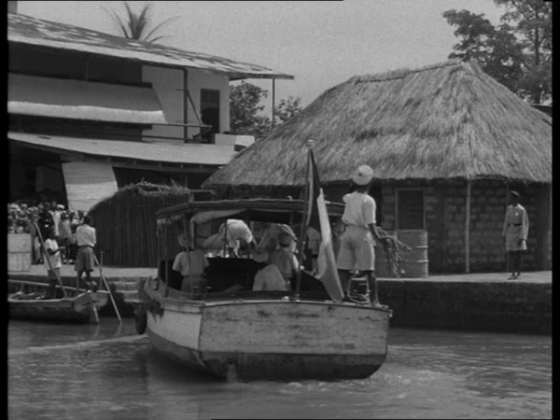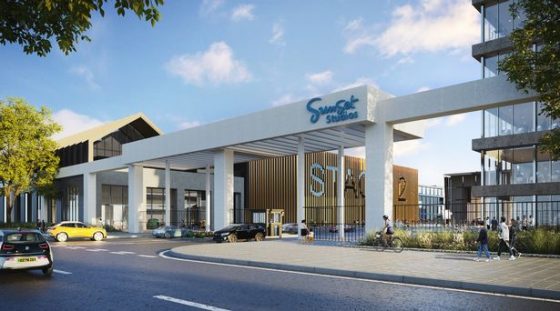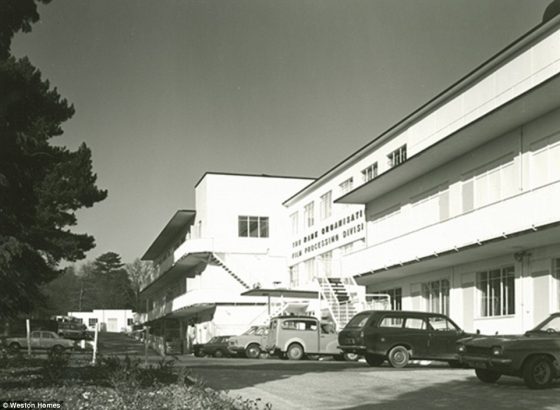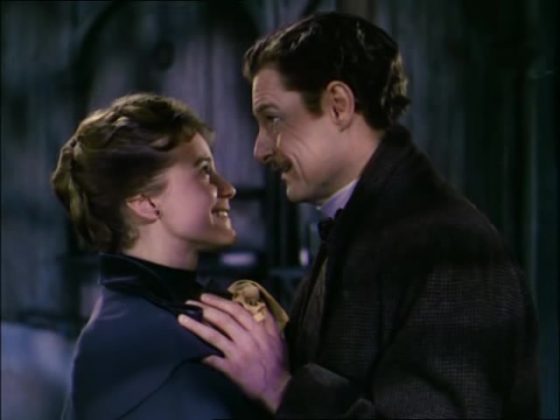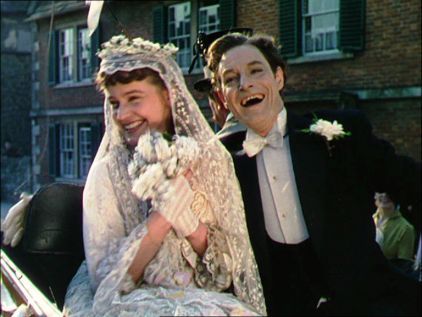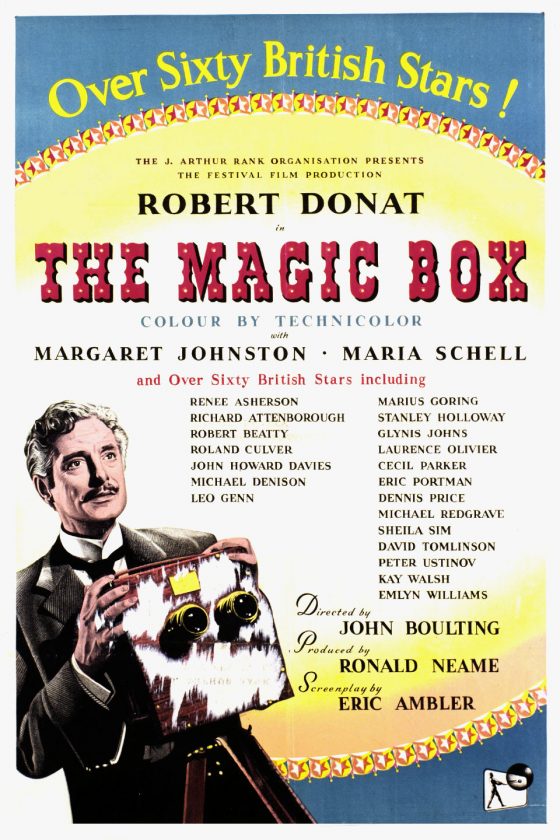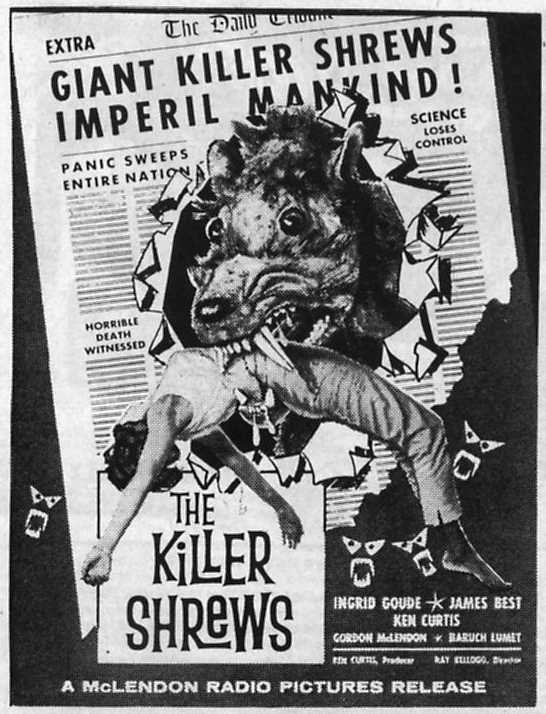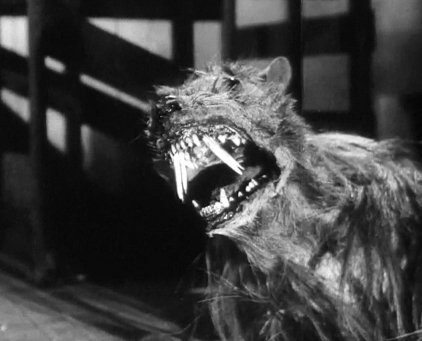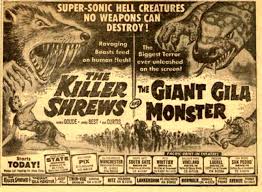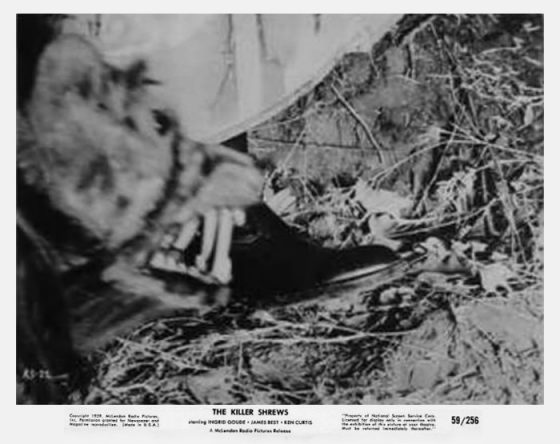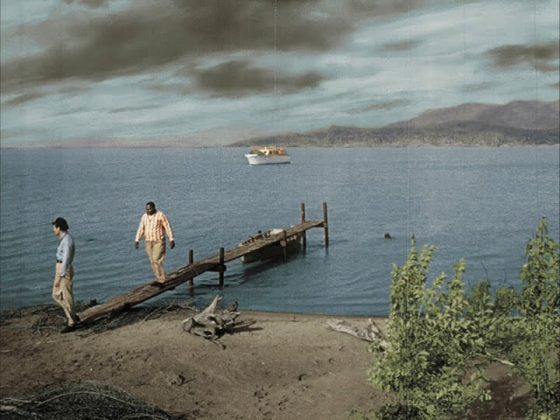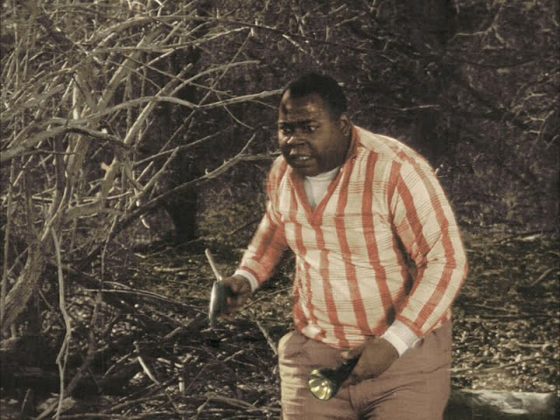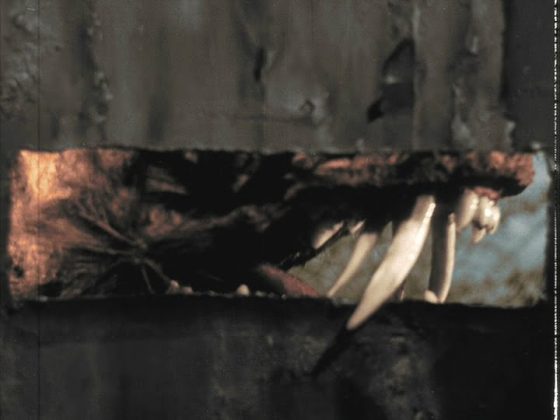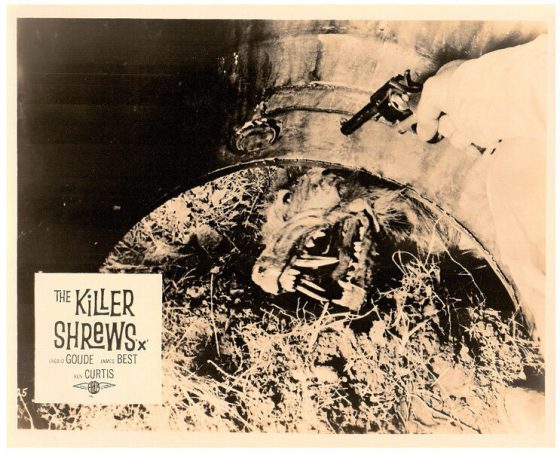I have just come across this one as someone is trying to sell a 16 mm print of the film which to be honest tempted me to put in a bid. It is not a film I know but with Victor Mature starring it has to be good.
Apparently this was filmed just before ‘The Robe’ – a huge success at the Box Office World Wide which doesn’t surprise me – it was a superb film
‘The Veils of Bagdad’ had its release held back until after ‘The Robe’ itself was released – maybe they figured that Victor Mature would be an even bigger attraction after that – I am pretty sure that they would be right. As I have said before, Producers liked Victor Mature because every picture he was in made money

Filmed in Technicolor

ABOVE and BELOW The Press Book for the Film
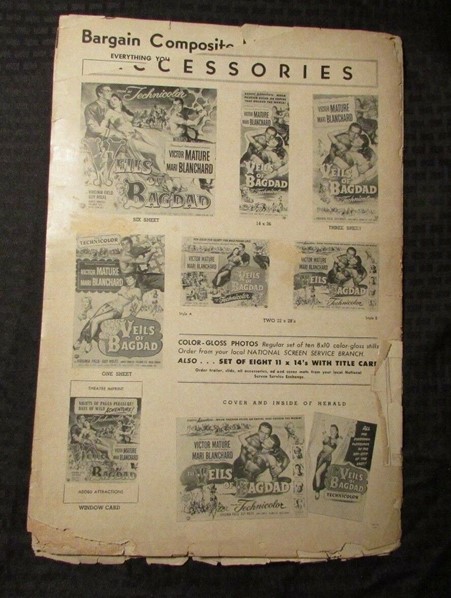
I have read that Maureen O Hara was lined up for the film, but for whatever reason she withdrew and so Mari Blanchard was drafted in.
This has prompted me to look a little deeper into the life of this actress who as a child suffered with polio which led her into regular daily swimming sessions for several years. After this she ran off and joined a local circus – she was born in Long Beach – where she helped with the elephants and then to the trapeze. That didn’t last too long before she went back to the Santa Barbara College and between studies she joined a model agency. Her picture in a Kodak advertisement in ‘The Hollywood Reporter’ brought her to the attention of Paramount Pictures who signed her to a contract in 1949.
However this did not work out and she was dropped by the studio – but following the success of ‘Veils of Bagdad’ she got a new contract with Universal-International which put her into the same salary class as Tony Curtis and Shelley Winters.
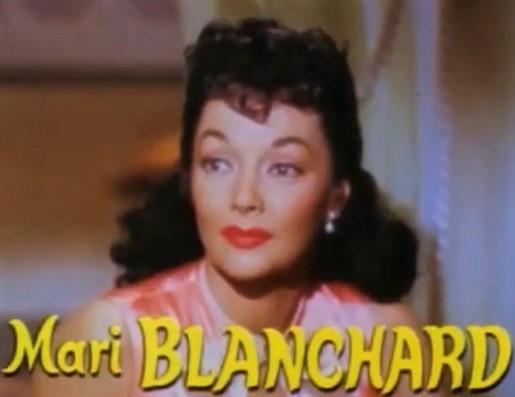
She then makes ‘Son of Sinbad’ with Dale Robertson in 1953 but later that year misses out on the lead role in ‘Saskatchewan’ to Shelley Winters.
It is reported that in ‘Son of Sinbad’ she refused to dance because she considered her outfit too revealing. She appeared then in ‘Destry’ with Audie Murphy in which she sings.
In 1954 Mari Blanchard starred in ‘Rails into Laramie’ with John Payne – avery good looking film in Terchnicolor which I featured on here quite recently
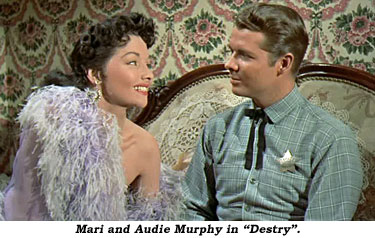
In an around the middle of 1955, she was frequently in the company of Lance Fuller – about the time that he would be making one of my own favourites ‘The Secret of Treasure Mountain’ but later that year she was often seen with George Raft – my first thought is that he would be way too old for her.
The in early 1956 she dates the singer Mel Torme.
In 1957 she co-starred with Lex Barker in ‘Jungle Heat’ but the reviews I have read were not so good – however one commented that ‘Mari Blanchard really looks good’ I am sure that she did !
Later in November 1956 she is filming ‘She Devil’ and is rushed to hospital for an appendix operation.
In September 1958 she and her travelling companion Gwen Davis, were shown around Madrid by Victor Mature and Bruce Cabot. and later that year in November she is scheduled to appear in the TV Series ‘Belle Starr’
A few years later in 1963 she develops cancer – very sad for such a young woman.
She continued to appear in films and Television throughout the Sixties – in fact she appeared with John Wayne in ‘McLintock’ in 1963 but in May of 1970 she died aged 43 at the Motion Picture Country House and Hospital in Woodland Hills, California
